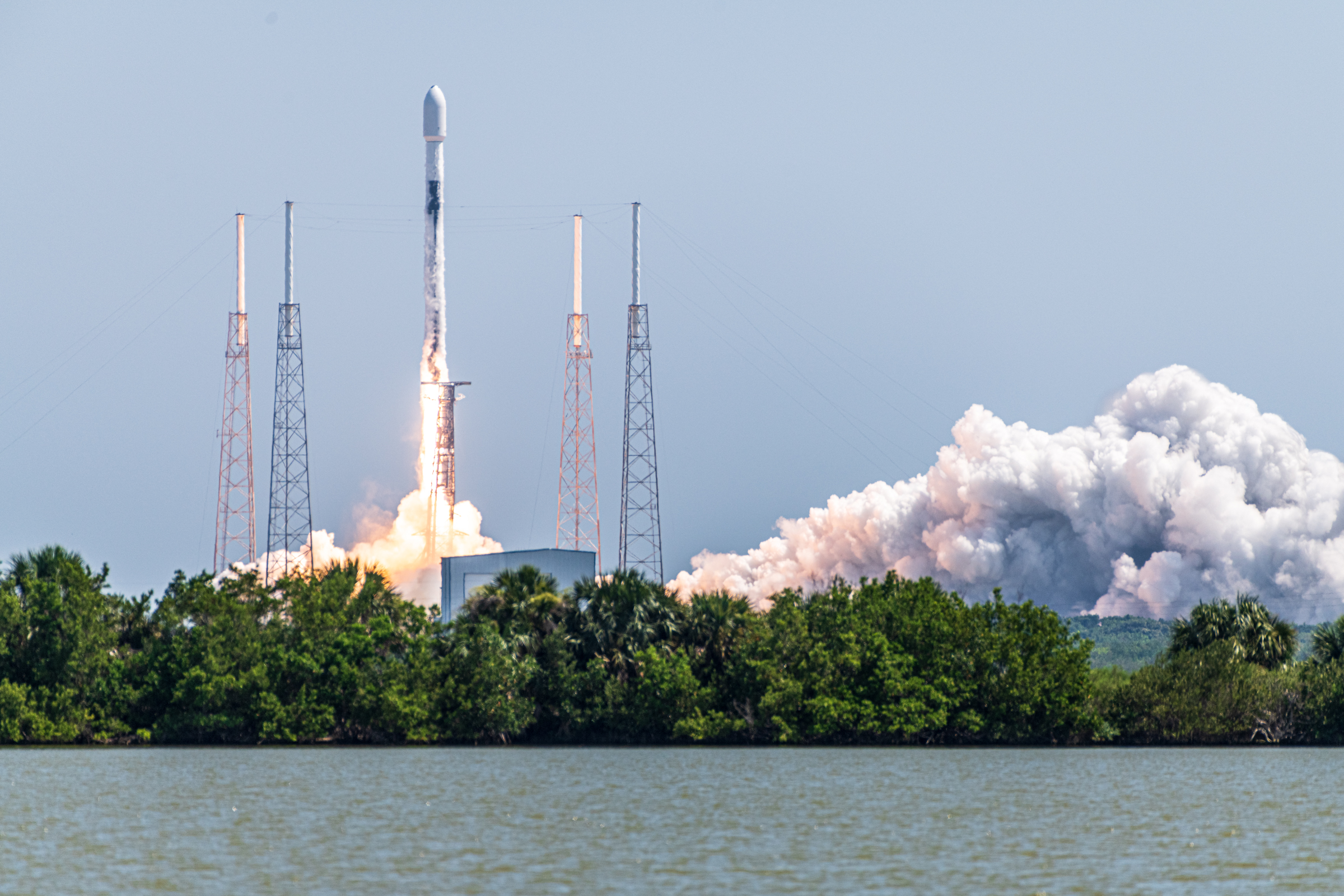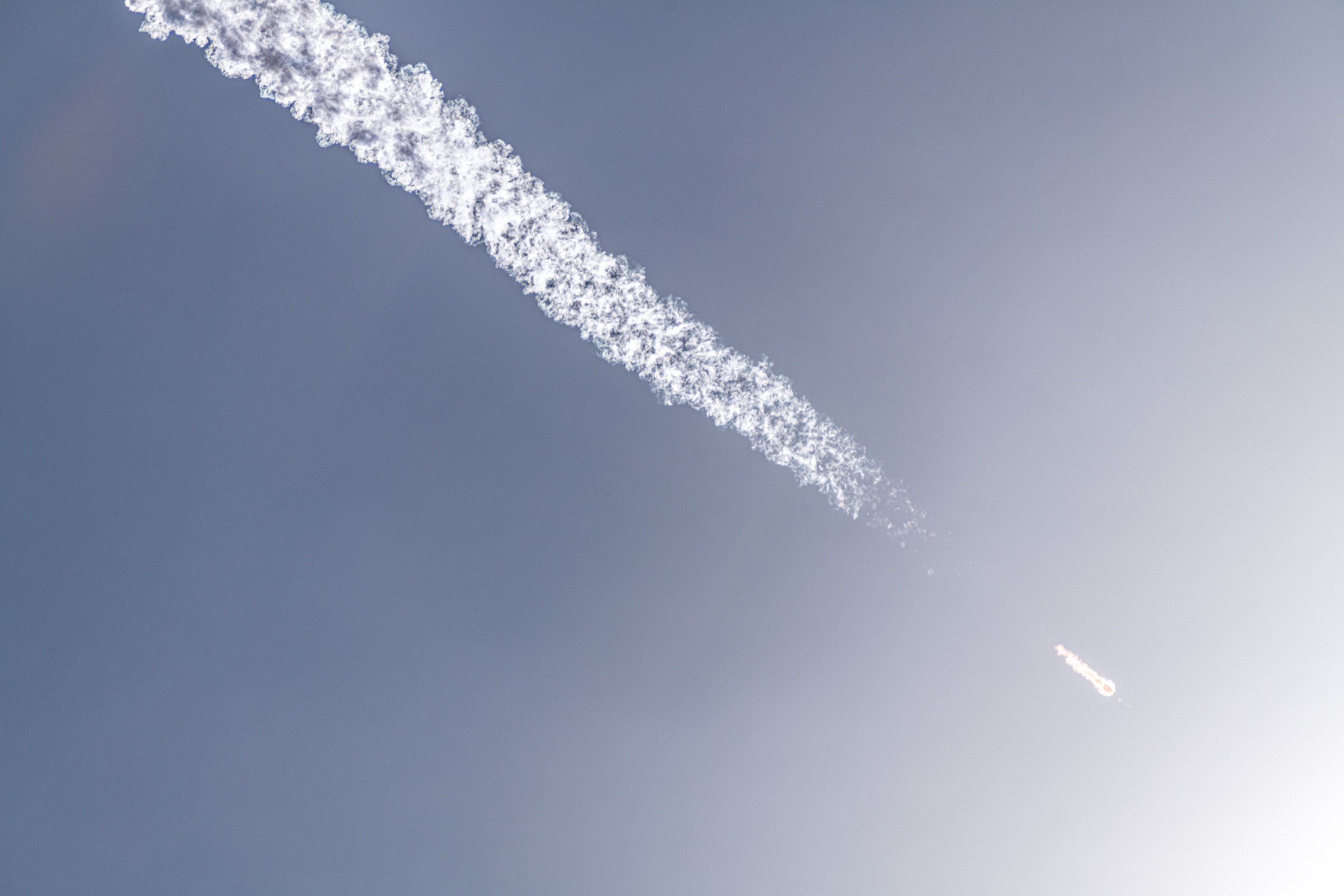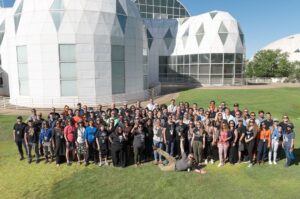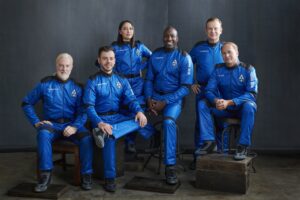ESA's Euclid Space Telescope Launches on Mission to Map the Dark Universe
The European Space Agency (ESA)’s Euclid space telescope launched on July 1, 2023, from Cape Canaveral in Florida. The telescope is designed to map the large-scale structure of the Universe, and to study the evolution of dark energy and dark matter.
Euclid is carrying two instruments: a wide-angle camera to record visible light, and a near-infrared spectrometer and photometer to determine the redshift of the detected galaxies. The telescope will observe billions of galaxies out to 10 billion light-years, across more than a third of the sky.
The data collected by Euclid will help scientists to understand how the Universe has expanded and how structure has formed over cosmic history. This information will shed light on the nature of dark energy and dark matter, which make up about 95% of the Universe.
Euclid is expected to operate for six years. The telescope is currently in its commissioning phase, and is expected to begin its scientific observations in early 2024. Cosmic Perspective’s John Pisani was on the ground at Cape Canaveral capturing the launch for our archives, but also for a film soon to be released by the European Space Agency.

Photo Credit: John Pisani for Cosmic Perspective
Standing at Space Launch Complex (SLC) – 40 on the morning of launch
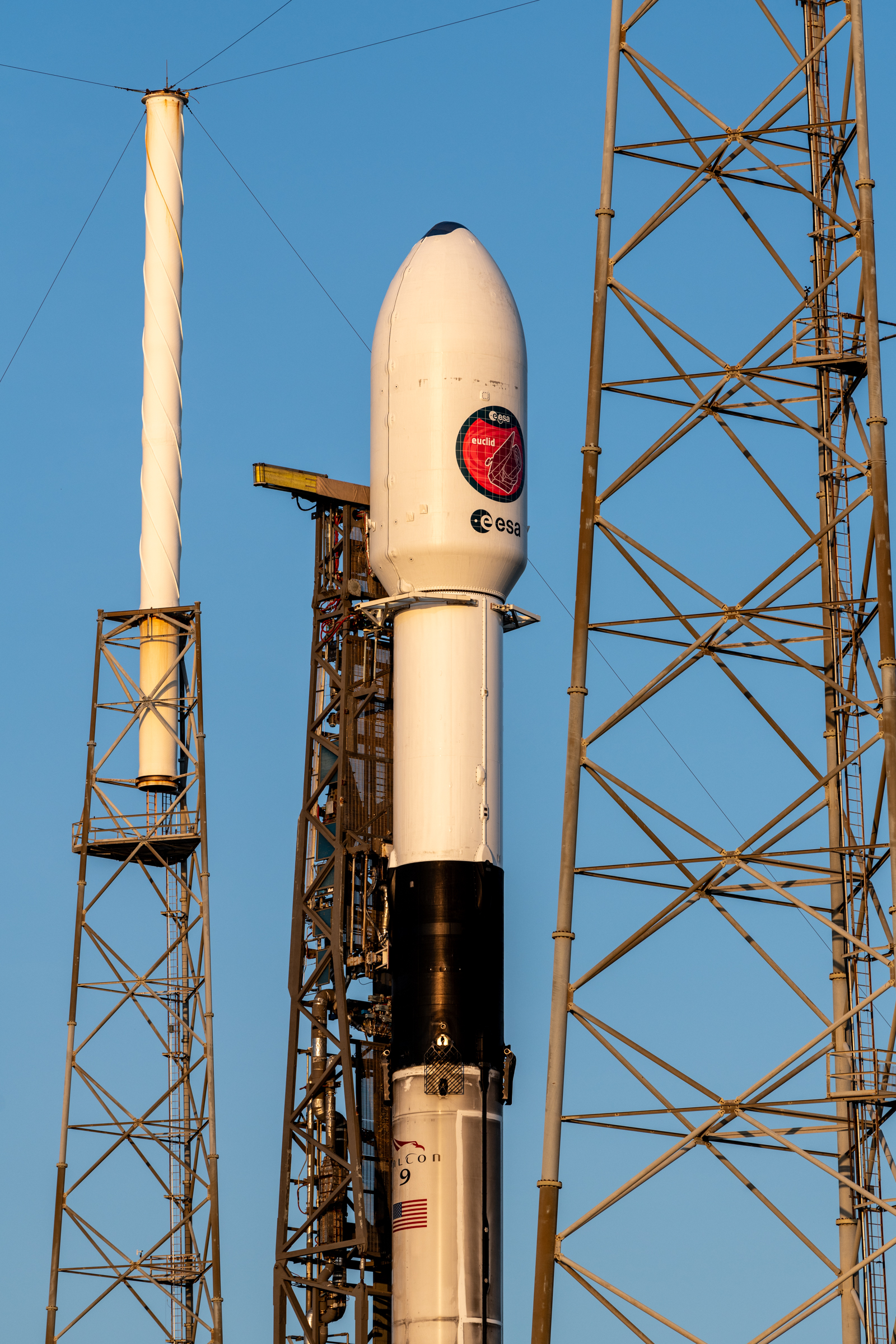
The dark Universe is a mysterious place. We know that it makes up about 95% of the Universe, but we don’t know what it is made of. Dark matter is thought to be responsible for the formation of galaxies and clusters of galaxies, but we don’t know what it’s made of or how it interacts with gravity. Dark energy is thought to be responsible for the accelerating expansion of the Universe, but we don’t know what it is or how it works.
Euclid is designed to help us understand the dark Universe. The telescope will map the large-scale structure of the Universe, and to study the evolution of dark energy and dark matter. This information will help scientists to understand the nature of these mysterious substances, and to shed light on the ultimate fate of our Cosmos.
Originally set to launch on a Soyuz, ESA eventually reassigned Euclid to fly on a SpaceX Falcon 9 rocket. The booster supporting the launch was making its second flight to space, first supporting the AX-2 mission in just May of this year.
While on the ground, I was able to capture the launch with our virtual reality (VR) camera, cinema cameras, and in high-fidelity audio to create immersive experiences so we can best share the awe and wonder of these missions with the world. Some of our liftoff footage will also be featured in a short film about the spacecraft. So look out for its release and in the meantime, learn more about the Euclid mission here.
